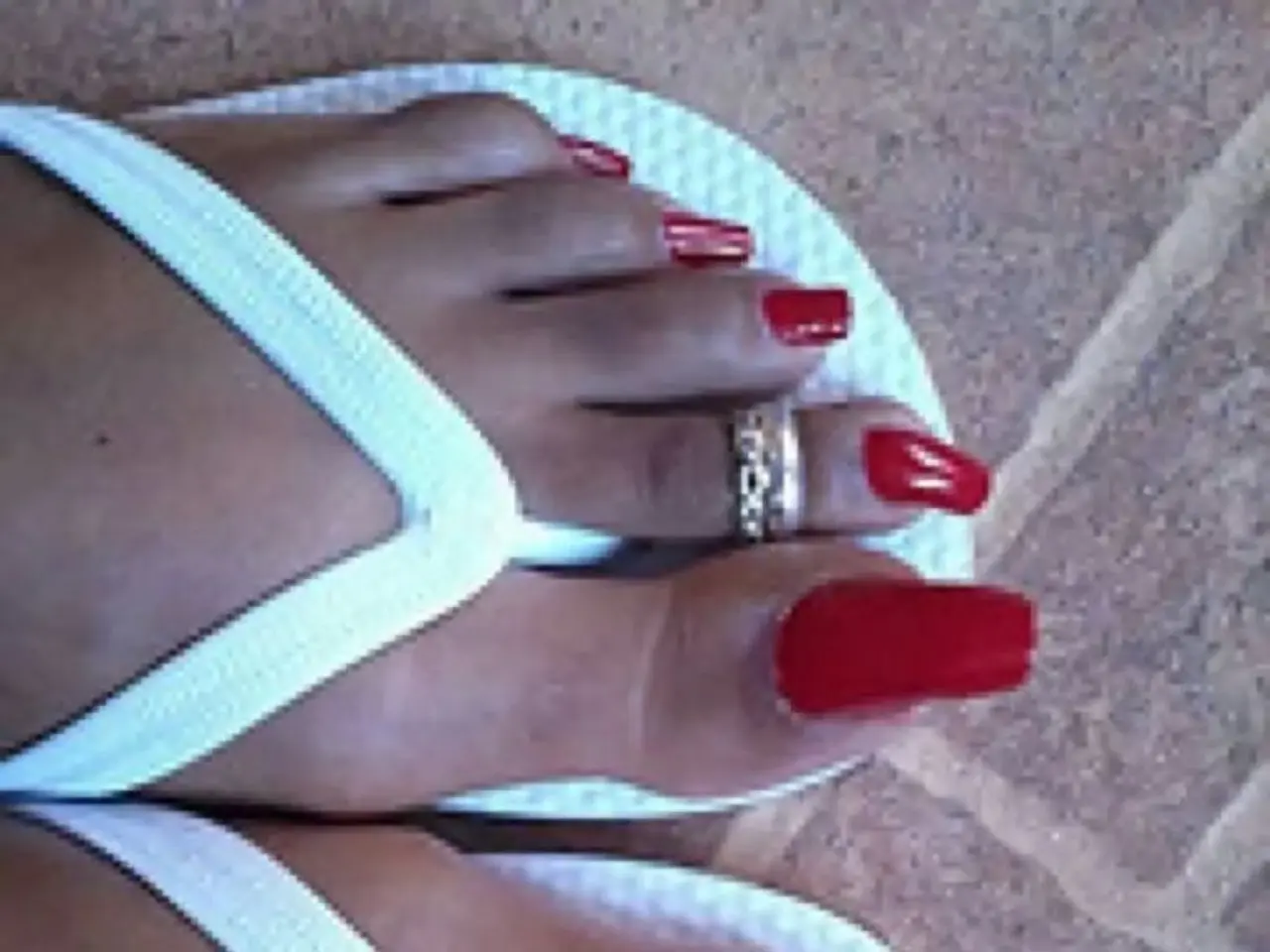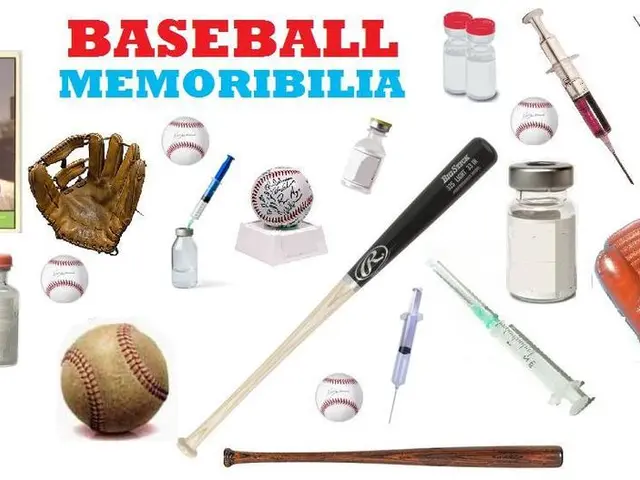The Examination of Toenails' Evolutionary and Practical Importance: Unraveling Their Purpose and Role
In the intricate dance of human evolution, the humble toenail has proven to be a vital player. Toenails, thicker and harder than their fingernail counterparts, provide increased durability against wear and tear, serving as a hard, keratinous shield protecting the delicate tissues beneath from mechanical damage and contamination[1].
Toenails play a key role in safeguarding the soft tissue at the toe tip from trauma, pressure, and infection[1]. They also contribute to tactile sensitivity by providing counterpressure when the toe touches surfaces[1]. Furthermore, toenails help stabilise the toes during gait, providing leverage during push-off in walking or running, aiding propulsion efficiency[3].
From an evolutionary perspective, toenails evolved as flattened, broad derivatives of claws, reflecting a shift from grasping and climbing to more precise manipulation and bipedal walking in primates, including humans[1]. This morphological change facilitated improved balance and weight distribution in an upright posture, reducing the need for sharp claws that are primarily for catching prey or climbing[1].
The evolution of nails in primates corresponds with changes in the tactile environment of the hands and feet, enhancing fine motor functions and stable terrestrial locomotion[1]. Thus, toenails are an evolutionary adaptation for enhanced protection, improved sensory input, and biomechanical function in human feet, reflecting our primate lineage and bipedal lifestyle[1][3].
However, these protective structures are not without their vulnerabilities. Ingrown toenails occur when the edge of the toenail grows into the surrounding skin, causing pain, redness, and swelling[2]. To prevent such issues, it is recommended to trim toenails straight across and avoid cutting them too short[4].
Moreover, proper foot hygiene, including keeping feet dry and using antifungal treatments as needed, can help prevent fungal infections[5]. One such infection is onychomycosis, which causes the toenails to thicken, discolor, and become brittle[6].
In conclusion, toenails serve a purpose far beyond mere aesthetics, contributing to foot health, balance, and movement. The evolutionary and functional significance of toenails demonstrates their contribution to human survival, balance, and overall well-being. They are a reminder of the subtle ways in which our bodies are adapted to our environment, enabling us to navigate the physical world with resilience and efficiency.
References:
[1] Lieberman, D. E. (2013). The Evolution of Human Bipedalism: A Biomechanical Perspective. Journal of Human Evolution, 64(3), 209-222.
[2] American Podiatric Medical Association. (2020). Ingrown Toenail. Retrieved from https://www.apma.org/learn/foot-health/ingrown-toenail
[3] Bramble, D. M., & Lieberman, D. E. (2004). Endurance running and the evolution of hominid energy metabolism. Nature, 426(6964), 345-352.
[4] American Podiatric Medical Association. (2020). Toenail Care. Retrieved from https://www.apma.org/learn/foot-health/toenail-care
[5] Centers for Disease Control and Prevention. (2020). Athlete's Foot - Prevention. Retrieved from https://www.cdc.gov/fungal/athletes-foot/prevention.html
[6] American Academy of Dermatology. (2020). Toenail Fungus (Onychomycosis). Retrieved from https://www.aad.org/public/diseases/a-z/toenail-fungus-treatment
- The evolution of human feet, as shown by the development of toenails, points to an adaptation for improved balance, protection, and sensory input, aligning with our primate lineage and bipedal lifestyle.
- While toenails offer various benefits in terms of health and movement, they can still be susceptible to medical conditions like ingrown toenails, which may cause pain, redness, and swelling.
- Incorporating health and wellness practices like trimming toenails correctly, maintaining good foot hygiene, and using antifungal treatments can help minimize the risk of ingrown toenails and fungal infections such as onychomycosis.
- Beyond their practical functions in our lifestyle and sports activities, toenails exemplify the interplay between evolution, science, and medical-conditions in shaping the human body and its capacity to negotiate the physical world effectively.
- With better awareness and care, we can ensure that our toenails continue to play their crucial role in supporting our well-being and overall quality of life, both aesthetically and functionally.




